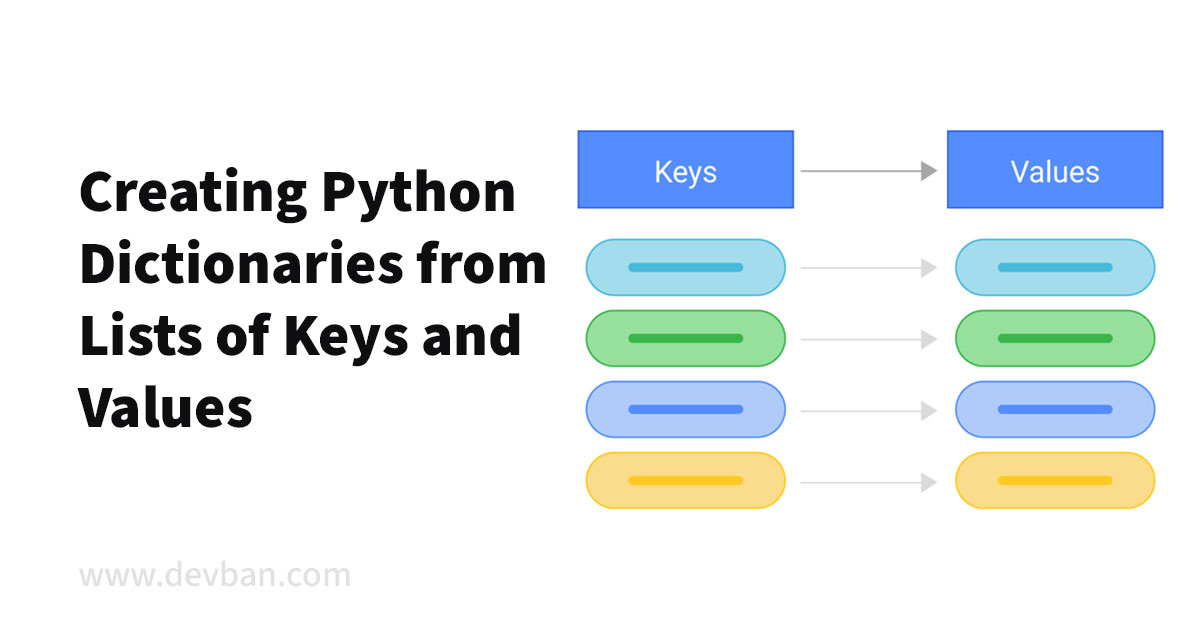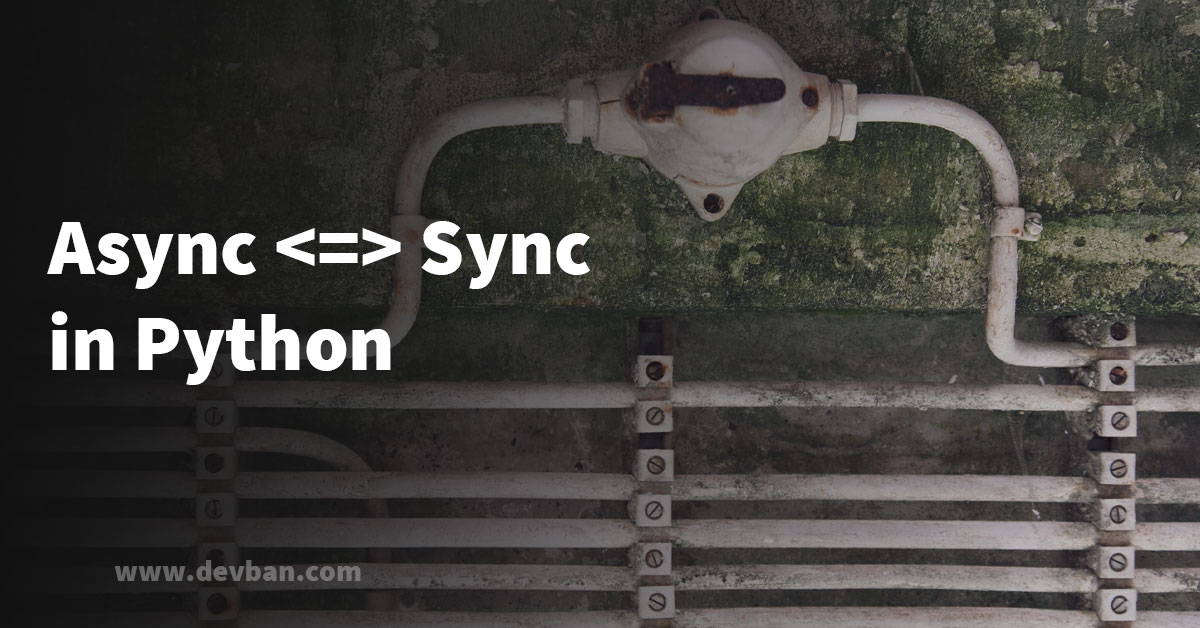When it comes to the world of programming, there are countless ways to solve a problem. In Python, one of the most versatile and powerful data structures is the dictionary. In certain scenarios, we may want to generate a dictionary from two lists, where one list contains keys and the other one contains values. In this article, we’ll discuss various methods to achieve this, primarily using the zip() function, the dict() function, and dictionary comprehension.
What is a Dictionary in Python?
A dictionary in Python is an unordered collection of data values that are used to store data values like a map. Unlike other Data Types that hold only a single value as an element, a dictionary holds a key: value pair.
my_dict = {
"name": "John Doe",
"age": 30,
"occupation": "Developer"
}
The items in a dictionary are iterable and can be manipulated. Dictionaries are optimized for retrieving data and are ideal for storing data relationships.
Understanding the zip() Function
The zip() function in Python returns a zip object, which is an iterator of tuples where the first item in each passed iterator is paired together, and then the second item in each passed iterator is paired together, and so on.
If the passed iterators have different lengths, the iterator with the least items decides the length of the new iterator.
Here’s a simple example of how the zip() function works:
list1 = ["a", "b", "c"]
list2 = [1, 2, 3]
result = zip(list1, list2)
print(result)
# Output: <zip object at 0x7f9edf7e2ac0>
The zip() function returns a zip object. To get a view of this object, you have to convert it to a list or tuple:
print(list(result))
# Output: [('a', 1), ('b', 2), ('c', 3)]
Creating a Dictionary Using zip() and dict() Functions
One of the simplest and most direct methods to create a dictionary from lists of keys and values is to use the zip() function along with the dict() function. The zip() function pairs the first item in each passed iterator together, and then pairs the second item in each passed iterator together, and so on. The dict() function, on the other hand, creates a new dictionary from an iterable of key-value pairs.
keys = ['name', 'age', 'job']
values = ['John', 25, 'Developer']
# Using zip() and dict() functions
dictionary = dict(zip(keys, values))
print(dictionary)
# Output: {'name': 'John', 'age': 25, 'job': 'Developer'}
Using Dictionary Comprehension with zip()
Dictionary comprehension is a concise and memory-friendly way to create and populate dictionaries. It provides a way to create dictionaries using an expressive syntax. This method is useful when we need to apply some sort of transformation or condition to the keys or values.
keys = ['name', 'age', 'job']
values = ['John', 25, 'Developer']
# Using dictionary comprehension with zip()
dictionary = {k: v for k, v in zip(keys, values)}
print(dictionary)
# Output: {'name': 'John', 'age': 25, 'job': 'Developer'}
A Closer Look at Python 3’s zip()
In Python 3, zip() returns a lazy iterator. A lazy iterator is an object that produces values on demand, one at a time, and only when needed. This makes zip() memory friendly, especially when working with large data sets.
keys = ('name', 'age', 'food')
values = ('Monty', 42, 'spam')
# Using zip() in Python 3
new_dict = dict(zip(keys, values))
print(new_dict)
# Output: {'name': 'Monty', 'age': 42, 'food': 'spam'}
The Performance of Different Methods
When it comes to performance, using the dict() constructor with zip() is the most performant approach. This is due to the fact that it doesn’t form any unnecessary intermediate data-structures or have to deal with local lookups in function application.
On the other hand, using dictionary comprehension with zip() is a close runner-up. It is slightly less performant due to the need to evaluate the comprehension expression, but it provides greater flexibility when you need to map or filter based on keys or values.
Conclusion
In Python, creating a dictionary from lists of keys and values is a common operation that can be achieved in a variety of ways. The zip() function and the dict() function provide a straightforward and efficient way to do this, while dictionary comprehension offers more flexibility. As always, the choice of method will depend on your specific use case and performance needs.
By understanding the different ways to create Python dictionaries from lists of keys and values, you can write more efficient and readable code. Remember, the best way to learn is by doing, so try out these methods yourself and see which one works best for you. Happy coding!







Leave a Comment